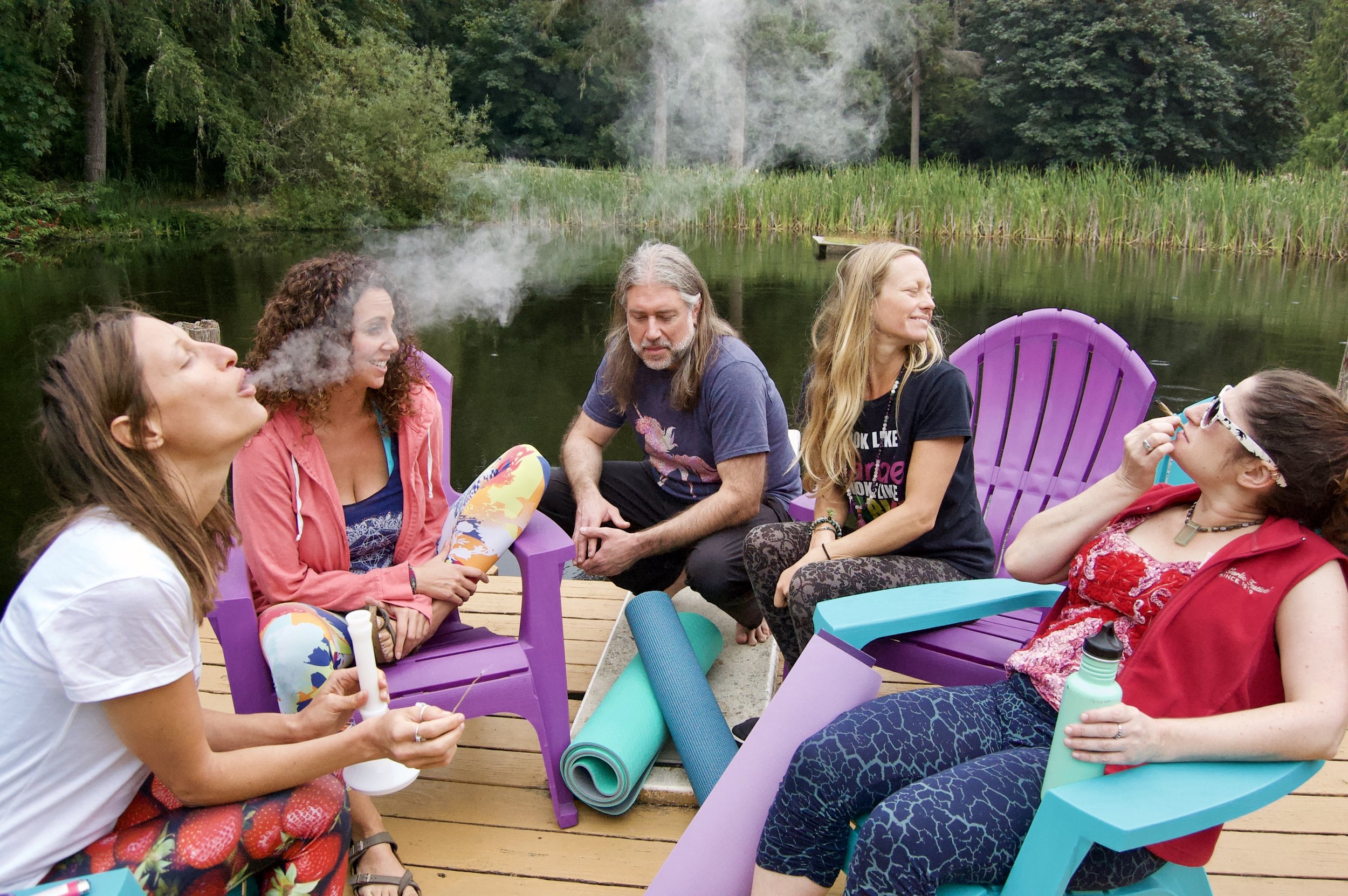Why Weed Makes You Creative And Happy
Alright, let's take a closer look at how THC, the superstar of cannabis, interacts with some specific brain regions, like the prefrontal cortex. Nerd glasses on? (Mine are!)
So the part of your brain called the prefrontal cortex is especially-sensitive to THC, and when it meets up with it, it can lead to some pretty interesting experiences. Here’s why:
First, THC increases dopamine, a neurotransmitter associated with feelings of pleasure and reward. This surge in dopamine can contribute to an enhanced sense of happiness and well-being. The prefrontal cortex, which is involved in regulating emotions and decision-making, plays a crucial role in processing these pleasurable sensations.
Cannabis Can Also Alter The Perception Of Time, Space, And Sensory Input.
This change in perception, influenced by THC's effects on the prefrontal cortex, can lead to a more flexible and open-minded state of thinking.
Some individuals find that this altered state enhances their creativity and allows them to see problems or ideas from different angles. It can also promote free-flowing, abstract thinking, which can be beneficial for creative tasks.
Lastly, the prefrontal cortex is involved in regulating emotional responses. Cannabis may affect emotional processing, making it easier for some people to experience positive emotions like joy and happiness. Additionally, by reducing stress and anxiety, cannabis can create an emotional environment more conducive to creative and joyful thinking.
So, the plant can enhance creativity and open up new perspectives due to dopamine, a shift in perception, and uptick in mood.
Cannabis is like a muse for your brain: While it might make you feel more relaxed and euphoric, it can also stimulate innovative thinking.




